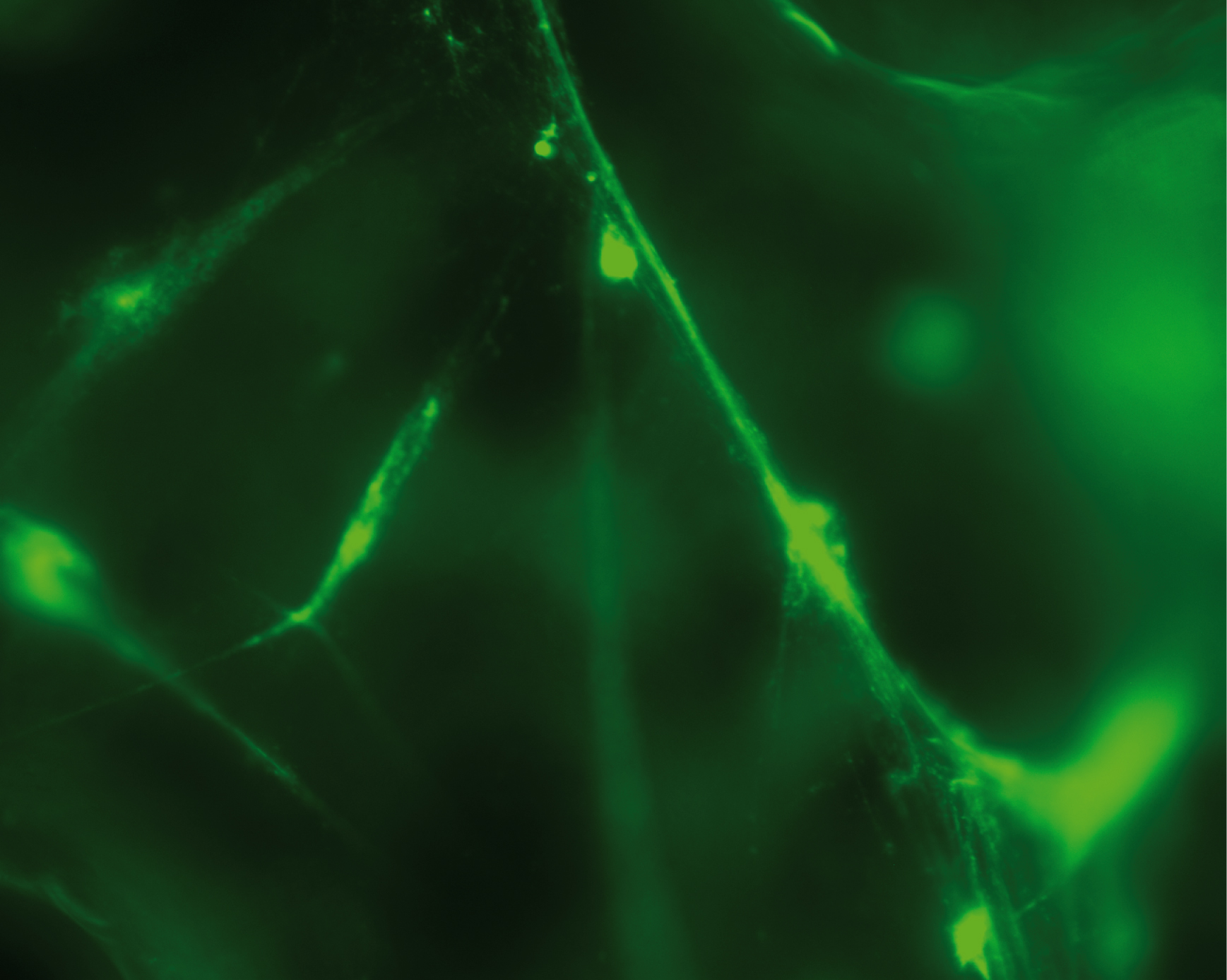Murph
:)
- Messages
- 1,799
http://www.pnas.org/content/115/3/E478.long
Proc Natl Acad Sci U S A. 2018 Jan 16;115(3):E478-E487. doi: 10.1073/pnas.1711950115. Epub 2018 Jan 2.
Lymphocytes eject interferogenic mitochondrial DNA webs in response to CpG and non-CpG oligodeoxynucleotides of class C.
Ingelsson B1, Söderberg D2, Strid T1, Söderberg A1, Bergh AC1, Loitto V1, Lotfi K2,3, Segelmark M2,4, Spyrou G1, Rosén A5.
Author information
Abstract
Circulating mitochondrial DNA (mtDNA) is receiving increasing attention as a danger-associated molecular pattern in conditions such as autoimmunity, cancer, and trauma. We report here that human lymphocytes [B cells, T cells, natural killer (NK) cells], monocytes, and neutrophils derived from healthy blood donors, as well as B cells from chronic lymphocytic leukemia patients, rapidly eject mtDNA as web filament structures upon recognition of CpG and non-CpG oligodeoxynucleotides of class C.
The release was quenched by ZnCl2, independent of cell death (apoptosis, necrosis, necroptosis, autophagy), and continued in the presence of TLR9 signaling inhibitors. B-cell mtDNA webs were distinct from neutrophil extracellular traps concerning structure, reactive oxygen species (ROS) dependence, and were devoid of antibacterial proteins. mtDNA webs acted as rapid (within minutes) messengers, priming antiviral type I IFN production.
In summary, our findings point at a previously unrecognized role for lymphocytes in antimicrobial defense, utilizing mtDNA webs as signals in synergy with cytokines and natural antibodies, and cast light on the interplay between mitochondria and the immune system.
KEYWORDS:
CpG-C; DAMP; immune DNA sensing; lymphocyte signaling; mitochondrial DNA release
PMID:
29295921
PMCID:
PMC5776968
[Available on 2018-07-16]
DOI:
10.1073/pnas.1711950115
Proc Natl Acad Sci U S A. 2018 Jan 16;115(3):E478-E487. doi: 10.1073/pnas.1711950115. Epub 2018 Jan 2.
Lymphocytes eject interferogenic mitochondrial DNA webs in response to CpG and non-CpG oligodeoxynucleotides of class C.
Ingelsson B1, Söderberg D2, Strid T1, Söderberg A1, Bergh AC1, Loitto V1, Lotfi K2,3, Segelmark M2,4, Spyrou G1, Rosén A5.
Author information
Abstract
Circulating mitochondrial DNA (mtDNA) is receiving increasing attention as a danger-associated molecular pattern in conditions such as autoimmunity, cancer, and trauma. We report here that human lymphocytes [B cells, T cells, natural killer (NK) cells], monocytes, and neutrophils derived from healthy blood donors, as well as B cells from chronic lymphocytic leukemia patients, rapidly eject mtDNA as web filament structures upon recognition of CpG and non-CpG oligodeoxynucleotides of class C.
The release was quenched by ZnCl2, independent of cell death (apoptosis, necrosis, necroptosis, autophagy), and continued in the presence of TLR9 signaling inhibitors. B-cell mtDNA webs were distinct from neutrophil extracellular traps concerning structure, reactive oxygen species (ROS) dependence, and were devoid of antibacterial proteins. mtDNA webs acted as rapid (within minutes) messengers, priming antiviral type I IFN production.
In summary, our findings point at a previously unrecognized role for lymphocytes in antimicrobial defense, utilizing mtDNA webs as signals in synergy with cytokines and natural antibodies, and cast light on the interplay between mitochondria and the immune system.
KEYWORDS:
CpG-C; DAMP; immune DNA sensing; lymphocyte signaling; mitochondrial DNA release
PMID:
29295921
PMCID:
PMC5776968
[Available on 2018-07-16]
DOI:
10.1073/pnas.1711950115


